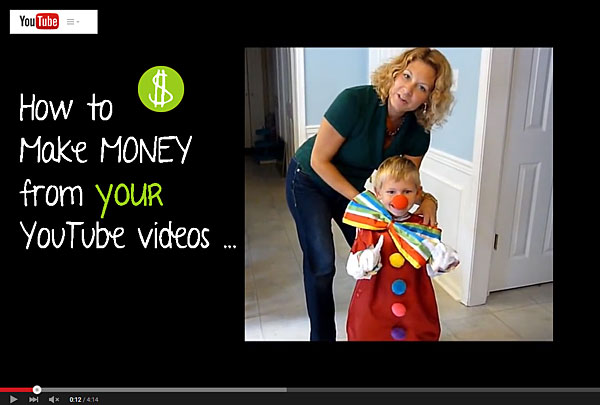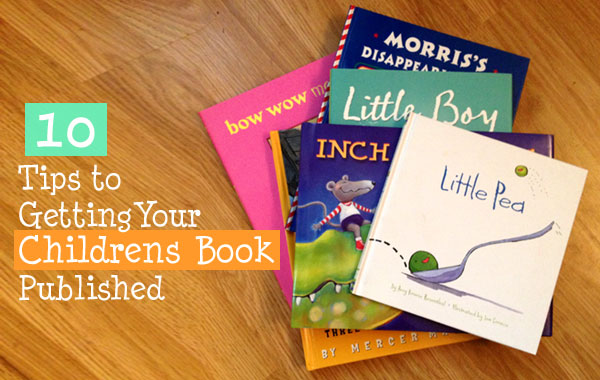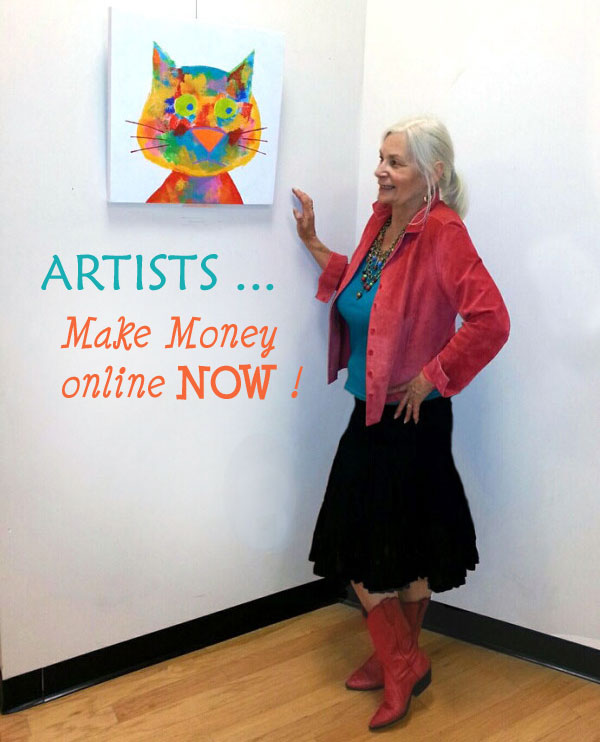How You Can Earn Money From YouTube Videos
Who hasn’t seen the video “Charlie Bit My Finger” ? This is actually one of the all-time most popular videos on YouTube. Why? It appeals to a very large audience. It’s not a niche video. And we are seeing that some of the most popular videos are ones that don’t look all that professional … they are down to earth recordings. Some of these videos are bringing in millions in revenue. The Charlie video was actually recorded back in 2007, but it is still garnering an astounding number of views. So, how can YOU get started on this YouTube track? Let’s take a look at the steps you need to take.
1. Set up a YouTube account and your own Channel
If you already have a Google account, you can set up your YouTube account from that. Use your own exisiting account name or choose a name that applies to the type of videos you plan to post.
2. Upload Content
As you start to upload videos, keep in mind that shorter videos seem to do best. A video that is just 1 minute to 3 minutes is a good starting point. Post your videos on a regular basis to start garnering an audience. People are more likely to start following your channel if you have regular and continuous content. Of course, there are always those certain videos that start to go viral, but you may have noticed that many of them have a touch of humor.
3. Build Your Audience
Use social media to increase awareness of your YouTube channel. Share your videos as many places as possible. If you have your own website, be sure to also post your videos on it to gain viewers from your own platform. Repy to viewer comments to engage your audience and build viewer loyalty.
4. Start Earning Revenue
You will need to manually enable monetization from your dashboard channel in order to start making money from your videos. You will do this in the dashboard, using the Video Manager. This means that you are allowing ads to be shown at the beginning of your video. This will be how you start making money.
5. Setup a Google Adsense Account
You will need to set up a Google AdSense account. It is free to set up but you will need either a PayPal account or a bank account and a valid email address to get started.
6. Keep Track of Analytics
You can check your analytics for each video once you get going to find out what your viewers prefer regarding length, topic, etc. Then you can make adjustments for future videos.



